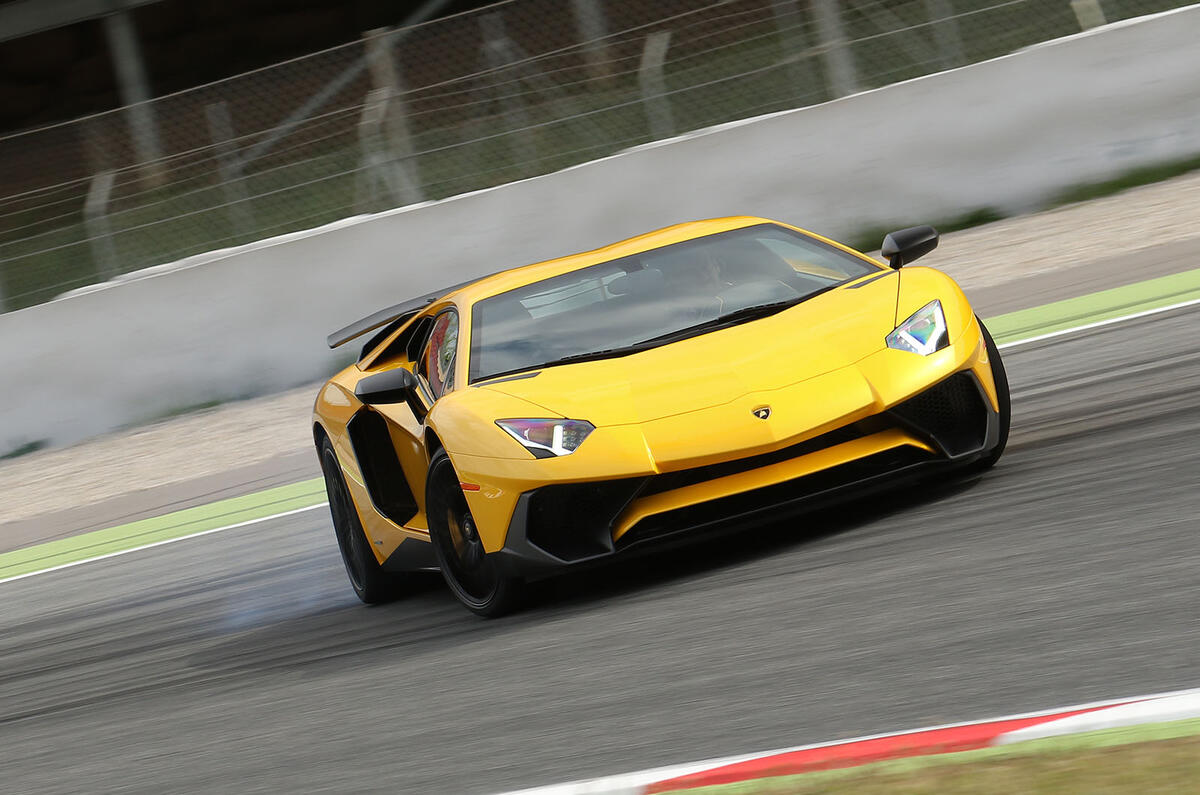Last year was all about the new avant-garde hypercar: the petrol-electric McLaren P1, Porsche 918 Spyder, LaFerrari – and the Jaguar C-X75 that never quite made it to the showroom. By the end of the year, I’d certainly had my fill of them.
And while nobody likes to consider himself a luddite, I certainly cheered when I drove the 2015 hypercar that brought some old-school blood-and-thunder back into the niche: the Lamborghini Aventador SV. Just two seconds slower around the Nordschleife than the mighty 918, and not an electric motor in sight. Bravo.
For me, this car proved beyond doubt that there will always be a place for simple, powerful, unreconstructed monsters at this rarified level of the car market – provided they’re exciting, house-broken, modern and usable enough. The SV is all of these things and more. Really.
Not that I’d believed it could be, given how cold the regular Aventador had left me a couple of years earlier. Adding yet more grunt to a recipe that already had an abundance of it, without conjuring up handling delicacy that wouldn’t come naturally to an extra-hardcore special, didn’t sound like the way forward for this car at all.
And then I drove the SV. The noise and force of the car as the revs sky-rocket past 7000rpm are both incredible; it's hard to do justice to in words. But then sound and fury are what you expect. You get more of both than you expect; a lot more. But, at least in a roundabout way, you’re expecting to get it.
It’s the honesty of the car’s controls, the unexpected fluency of its damping, and the trust inspired by the chassis and steering that blew my mind. This is a very wide, very low, very powerful Italian exotic that has no right to spear down a British B-road with much in the way of measure or alacrity at all. And yet it does. Its stickier tyres and stiffer suspension rates provide all the handling bite and intimacy with the road surface that you could want, and yet the dampers seem to work better than the normal Aventador’s. And the engine, though feral, always puts its power down without disturbing the car’s stability, working through that ultra-predictable four-wheel drive system. In a 700-horsepower Lambo, ‘predictable’ is often exactly what you need.








Join the debate
Add your comment
No one does pure motoring